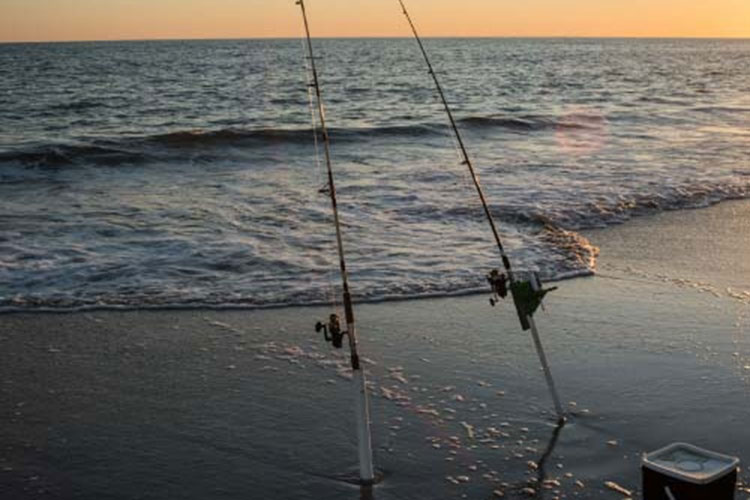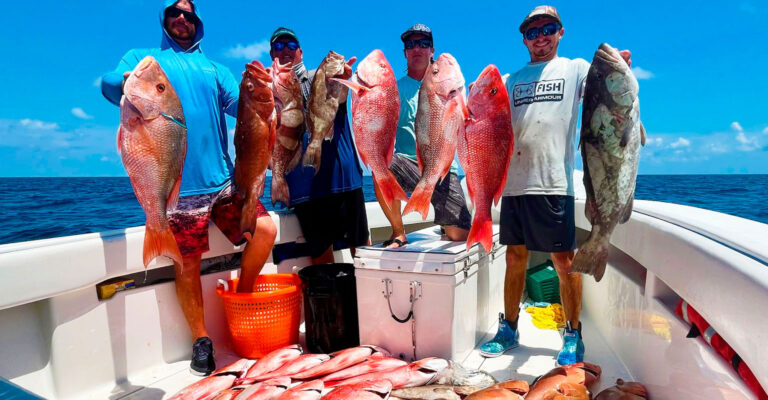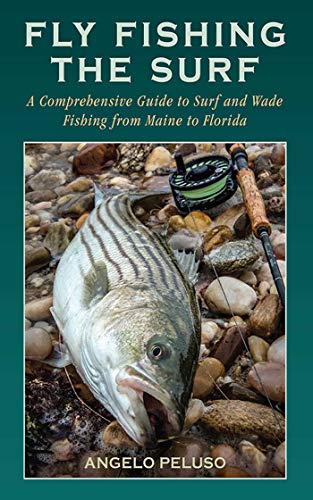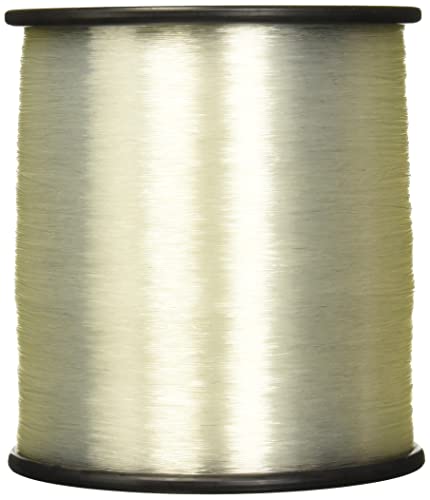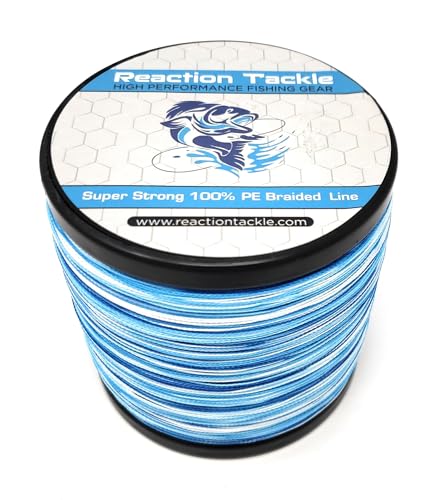A heavier weight line is recommended for surf fishing due to the larger waves and stronger currents in the ocean. Surf fishing typically requires a line weight between 15-30 pounds to ensure it can withstand the powerful forces of the ocean.
In addition to the weight, it is important to consider the line material and quality to ensure durability and strength. Surf anglers often use monofilament or braided lines for their ability to withstand the harsh conditions of surf fishing. Ultimately, choosing the right line weight for surf fishing is essential for a successful and enjoyable fishing experience.
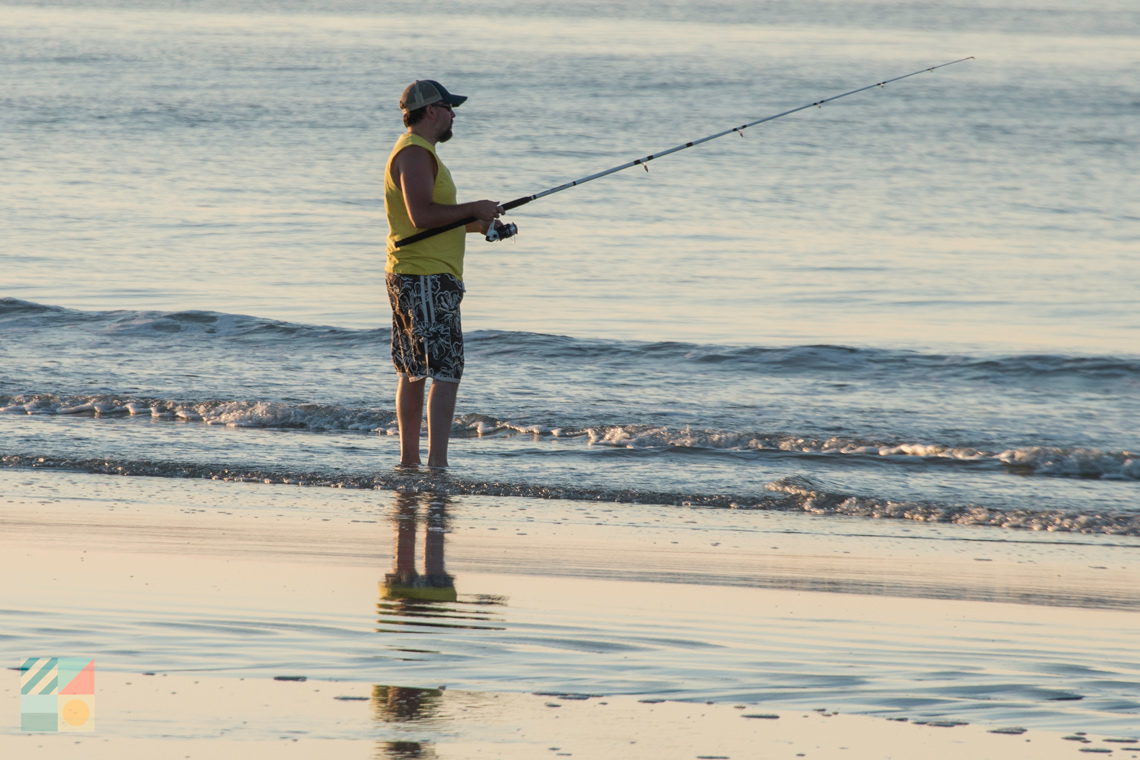
Credit: www.outerbanks.com
Importance Of Line Weight In Surf Fishing
Surf fishing is a thrilling and popular sport that requires careful consideration when it comes to selecting the right line weight. The line weight plays a crucial role in determining your success in catching fish in the surf. Let’s explore the factors to consider when selecting line weight, its impact on casting distance and accuracy, and how it can influence targeting different fish species.
Factors To Consider When Selecting Line Weight:
- Type of fish: Different fish species require varying line strengths to handle their size and strength. Consider the target fish species in your location and choose the line weight accordingly.
- Surf conditions: The surf’s strength and conditions play a significant role in determining the ideal line weight. Stronger surf demands heavier lines to withstand the powerful waves and prevent breakage.
- Fishing technique: Your chosen fishing technique will influence line weight selection. If you prefer casting heavy lures or bait, a heavier line weight will be required to handle the weight and offer more control.
- Rod and reel compatibility: Ensure that your chosen line weight is compatible with your fishing rod and reel. The manufacturer’s recommendations can help guide you in making the right choice.
How Line Weight Affects Casting Distance And Accuracy:
- Casting distance: The line weight directly affects the casting distance. A heavier line results in shorter casts due to increased friction between the line and the rod guides. Conversely, a lighter line allows for longer casts.
- Casting accuracy: The line weight can also impact casting accuracy. A heavier line requires more force to cast, making it challenging to achieve pinpoint accuracy. Lighter lines offer more sensitivity and better control, allowing for precise casting.
Impact Of Line Weight On Targeting Different Fish Species:
- Light line fishing: Lighter line weights are suitable for targeting smaller fish species such as snook, flounder, or pompano. They provide better sensitivity and allow for more finesse when presenting bait or lures.
- Medium line fishing: A medium line weight is versatile and suitable for targeting a wide range of fish species, including redfish, trout, and striped bass. It offers a balance between sensitivity and strength.
- Heavy line fishing: Heavy line weights are ideal for targeting larger and powerful fish species such as tarpon, shark, or kingfish. They provide the necessary strength and durability to handle the fight these fish put up.
Remember, while line weight is important, it is just one element of successful surf fishing. Factors like proper knots, bait presentation, and stealthy approach also contribute to your overall success. Consider your fishing conditions, target fish species, and personal preferences to determine the best line weight for your surf fishing adventures.
Understanding The Different Line Weight Options
Surf fishing is a popular sport that requires the right equipment to ensure a successful catch. One key piece of gear that can greatly impact your fishing experience is the fishing line. Understanding the different line weight options is essential for choosing the right line for your surf fishing outings.
In this section, we will explore the pros and cons, suitable fishing scenarios, advantages and disadvantages, and when to use lightweight, medium-weight, and heavyweight lines.
Lightweight Lines (4-8 Lbs): Pros And Cons, Ideal Fishing Scenarios
- Lightweight lines offer several advantages for surf fishing, including:
- Increased sensitivity: Light lines allow for better detection of subtle bites, increasing the chances of landing more fish.
- Enhanced casting distance: With less resistance, lightweight lines can be cast further, allowing you to reach deeper waters.
- Versatility: These lines are suitable for targeting smaller species such as panfish, perch, and flounder.
- However, there are a few drawbacks to consider when using lightweight lines:
- Limited strength: Light lines are not designed to withstand the force of larger fish, so they may break or become damaged when hooked by a stronger species.
- Susceptible to damage: Rough conditions or abrasive terrains can cause lightweight lines to fray or break more easily.
- Ideal fishing scenarios for lightweight lines include:
- Fishing in calm waters or areas with minimal currents.
- Targeting smaller fish species.
- Casting over short to medium distances.
Medium-Weight Lines (10-15 Lbs): Advantages And Disadvantages, Suitable Fishing Conditions
- Medium-weight lines offer a balance between strength and flexibility, making them a popular choice for surf fishing. Here are some advantages:
- Versatile: Medium-weight lines can handle a wide range of fish species, from smaller to medium-sized ones.
- Sufficient strength: With higher poundage, these lines provide better resistance to larger, more powerful fish.
- Relatively good casting distance: While not as far-reaching as lightweight lines, medium-weight lines still offer respectable casting distances.
- On the downside, medium-weight lines have a few disadvantages:
- Reduced sensitivity: Compared to lighter lines, medium-weight lines are less sensitive to subtle fish bites.
- Moderate susceptibility to damage: Although stronger than lightweight lines, they are still at risk of damage in rough conditions or against sharp rocks.
- Suitable fishing conditions for medium-weight lines include:
- Mild to moderate currents.
- Pursuing a variety of fish sizes.
- Casting over medium distances.
Heavyweight Lines (20-30+ Lbs): Benefits And Drawbacks, When To Use Them
- Heavyweight lines are designed for targeting larger and more powerful fish species, and they offer several advantages:
- Maximum strength: These lines can withstand the force of heavy fish and prevent them from breaking loose.
- Durability: Heavyweight lines are less likely to be damaged by rough surf, sharp rocks, or other abrasive elements.
- Suitable for long-distance casting: The thickness and weight of these lines allow for casting over greater distances.
- However, there are a couple of drawbacks to using heavyweight lines:
- Reduced sensitivity: Thicker lines result in decreased sensitivity, making it more challenging to feel subtle bites.
- Limited versatility: Heavyweight lines are not recommended for targeting smaller fish due to their lack of sensitivity and reduced maneuverability.
- Use heavyweight lines in the following situations:
- Fishing in strong currents or rough surf.
- Pursuing larger game fish such as striped bass, redfish, or shark.
- Casting over long distances to reach deeper waters.
Understanding the different line weight options is crucial for ensuring a successful and enjoyable surf fishing experience. Lightweight lines are ideal for targeting smaller fish in calm waters, while medium-weight lines offer a balance between versatility and strength. Heavyweight lines are recommended for tackling larger, more powerful species in challenging conditions.
By choosing the appropriate line weight based on your fishing scenarios, you can maximize your chances of landing the catch of a lifetime.
Matching Line Weight With Fishing Techniques
Surf fishing is a popular sport that requires careful consideration of the equipment being used. One important aspect to consider is the weight of the fishing line, as it can greatly impact your fishing success. In this section, we will explore the different weights of fishing lines and how to match them with various fishing techniques.
Surfcasting Techniques For Lightweight Lines
When using lightweight fishing lines for surfcasting, it’s crucial to employ the right techniques to maximize your chances of success. Here are some key points to keep in mind:
- Focus on finesse: Lightweight lines are ideal for finesse fishing techniques, such as drop shotting or using small lures. These techniques require precise control and delicate presentations.
- Use longer casts: Lightweight lines are more sensitive and allow for longer casts. Take advantage of this by casting further out to reach deeper waters where fish are likely to be feeding.
- Be patient: Since lightweight lines have lower drag resistance, the fight can take longer. Exercise patience and avoid rushing the process to prevent the line from snapping under pressure.
Choosing The Right Rod And Reel Combo
When fishing with lightweight lines, it’s essential to select the appropriate rod and reel combination for optimal performance. Consider the following:
- Light action rod: Look for a rod with a light action tip that provides sensitivity and flex when dealing with smaller fish or light bites.
- Ultralight spinning reel: Match the rod with an ultralight spinning reel, known for its smooth drag system and lightweight design, suitable for lightweight lines.
- Balanced setup: Ensure the rod, reel, and line weight are well-balanced to enhance your casting distance, accuracy, and overall control.
Knots And Rigs Suitable For Lightweight Lines
Using the right knots and rigs can significantly impact the success of your lightweight line fishing. Here’s what you need to know:
- Improved clinch knot: This universally strong knot is easy to tie and works well with lightweight lines.
- Carolina rig: The carolina rig is an effective setup for lightweight lines, offering natural bait presentation.
- Drop shot rig: Ideal for finesse fishing, the drop shot rig keeps your lure off the bottom and in the strike zone.
Surfcasting Techniques For Medium-Weight Lines
Medium-weight lines offer versatility and can handle a wider range of fishing techniques. Here are some key points to consider when using medium-weight lines for surfcasting:
- Versatile lure selection: With medium-weight lines, you have the flexibility to use a variety of lures, including both lightweight and slightly heavier options.
- Bottom fishing: Medium-weight lines can handle bottom fishing techniques such as carolina rig or texas rig, allowing you to target a wide range of species that dwell closer to the ocean floor.
- Controlled casting: Due to their slightly heavier nature, medium-weight lines require a controlled casting technique to maintain accuracy and prevent backlash.
Recommended Equipment For Medium-Weight Lines
Finding the right equipment for medium-weight lines is essential to ensure optimal performance. Consider the following factors:
- Medium action rod: Opt for a medium action rod to provide a balance between sensitivity and strength when handling medium-weight lines.
- Baitcasting reel: Baitcasting reels offer more power and control, making them suitable for medium-weight lines and various fishing techniques.
- Stronger leaders: Use a stronger leader material to prevent break-offs, especially when targeting larger and more powerful fish species.
Key Considerations For Successful Fishing
Regardless of the line weight you choose, there are a few important considerations to keep in mind to enhance your chances of a successful fishing experience. Here’s what you should remember:
- Understand your target species: Different fish species have varying preferences, behaviors, and feeding patterns. Research and understand the species you are targeting to tailor your approach accordingly.
- Weather and tides: Keep an eye on weather conditions and tides, as they can greatly influence fish activity and feeding behavior.
- Adjust your tackle: Adapt your tackle and fishing techniques based on the conditions you encounter. Be open to experimentation and adaptability to increase your chances of success.
Surfcasting Techniques For Heavyweight Lines
When using heavyweight lines for surf fishing, it’s crucial to adjust your techniques accordingly. Here are some key points to consider:
- Power casting: Heavyweight lines require more power when casting due to their increased thickness and weight. Practice power casting techniques to achieve greater distance and accuracy.
- Target large game fish: Heavyweight lines are commonly used when targeting larger game fish that require added strength and durability to reel in.
- Heavy-duty rigs and baits: Utilize heavy-duty rigs and baits such as large spoons, plugs, or live bait to match the heavier line weight.
Selecting Heavy-Duty Gear
When fishing with heavyweight lines, it’s essential to have the right gear to avoid any equipment failures. Keep these factors in mind:
- Heavy action rod: A heavy action rod provides the backbone and strength required to handle the heavy load and stress of heavyweight lines.
- Spinning or conventional reel: Depending on your personal preference, choose a spinning or conventional reel designed to handle heavier lines with ease.
- Strong hooks and tackles: Opt for strong, corrosion-resistant hooks and tackles to withstand the additional strain applied by heavyweight lines.
Tips For Handling And Casting Heavyweight Lines
Casting heavyweight lines requires proper technique and attention to detail. Consider the following tips for effective handling and casting:
- Two-handed casting: When casting heavyweight lines, utilizing a two-handed casting technique ensures greater control and casting distance.
- Smooth and gradual motion: Avoid jerky movements during casting by maintaining a smooth and gradual motion. This prevents the line from tangling or snapping due to excessive force.
- Strengthen your grip: As heavyweight lines can exert significant force, ensure a firm grip on the rod to prevent it from slipping or being pulled out of your hands.
With the right line weight matched to your fishing techniques and the appropriate gear, you can enhance your chances of success in surf fishing. Remember to adapt your approach based on the conditions and target species, and always prioritize the safety of yourself and the fish.
Happy fishing!
Conclusion
Choosing the right weight line for surf fishing is crucial in maximizing your chances of success. By carefully considering factors such as the target species, surf conditions, and your fishing style, you can ensure that your line is adequately matched to the task at hand.
A line that is too light can result in lost fish and frustration, while a line that is too heavy may impede casting distance and sensitivity. Also, keep in mind that the weight line you choose should be appropriate for the fishing reel and rod you are using.
Taking the time to research and understand the different weight line options available will ultimately pay off in more successful and enjoyable surf fishing experiences. With the right weight line, you can cast far, feel subtle bites, and bring in your prized catch with confidence.
So, get out there and hit the surf with the perfect weight line for your needs!

